The ownership story of Bar NI Ranch acreage includes its time as part of the historic 1.7 million-acre Maxwell Land Grant. The territory was the largest land grant in U.S. history and stretched almost 60 miles north to south and 50 miles east to west. It has a fascinating and complicated history, tied to U.S. westward expansion, Mexican land grants, and conflicts over land ownership in the 19th century.
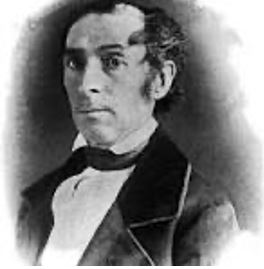
When this territory was first seen by Europeans, the Moache Ute and Jicarilla Apache occupied the land. Spain controlled the area starting in 1598 and then ceded it to the Mexican government after it secured independence from Spain in 1821. Mexico encouraged settlement in order to hold the lands against enemies such as the Navajos, the Americans, and the French. To this end, in 1841 Mexican Governor Manuel Armijo assented to the petition of two Taos residents: a Frenchman named Carlos/Charles Beaubien (left), and a Mexican named Guadalupe Miranda (secretary to the Governor of New Mexico). In order to encourage settlement and economic activity in the remote frontier, Armijo granted them an ill-defined 1.7 million acres in an area that is now northern New Mexico and southern Colorado.
Five years later the territory was occupied by the U.S. Army under command of General Stephen W. Kearney during the early days of the Mexican-American War (1846-48). Beaubien elected to stay but Miranda fled the area. Around this same time, in 1844, Beaubien’s 13-year-old daughter, Maria de la Luz, married a fur-trapper named Lucien Maxwell (right). Eventually the war ended in 1848 with the signing of the Treaty of Guadalupe Hidalgo, and the property rights of the inhabitants who had been citizens of Mexico remained intact, including the Mexican land grants.
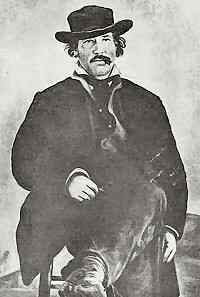
With the death of Charles Beaubien in 1864, Maria de la Luz inherited a share of her father’s portion of the Beaubien-Miranda Land Grant, and then she and her husband Maxwell purchased her family’s remaining parcels as well as all of the Miranda lands. Such lands had little cash value at that time and some were sold for less than one tenth of a cent per acre. The entirety of this acreage became known as the Maxwell Land Grant.

Lucien Maxwell and Maria de la Luz settled on the grant near Cimarron, New Mexico. The first Maxwell house was on Rayado Creek near the Santa Fe Trail, but they later built a larger home within Cimarron. It was there where Maxwell gained prominence as a modern-day feudal baron with more than 100,000 cattle, horses and sheep, a grist mill, gold mine and a store. There were many arguments and lawsuits about ownership of these lands, especially after gold was discovered in 1866.
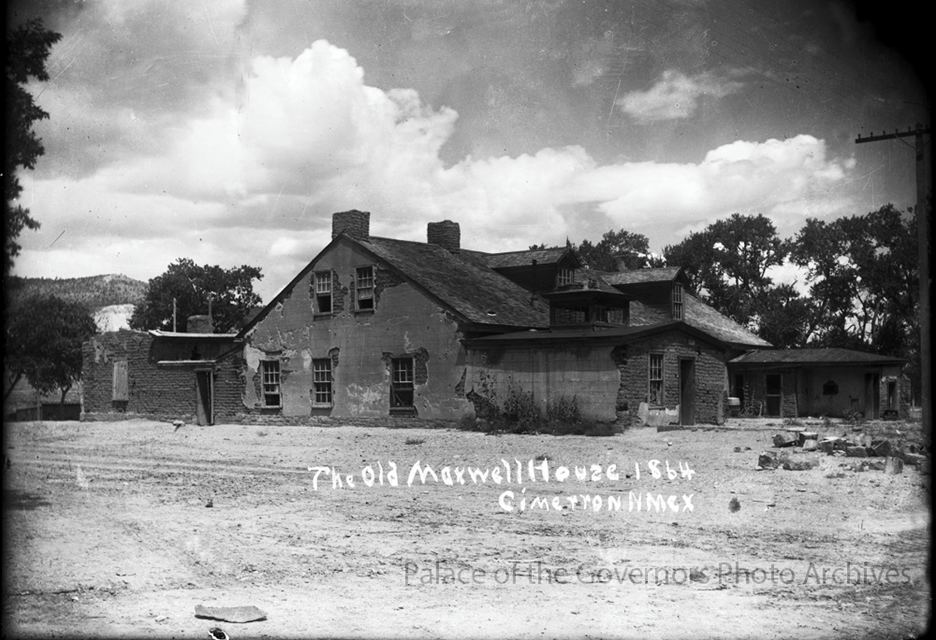
The history of the land grant claims is long and complex, as the sheer size of the land and unclear boundaries led to many disputes that included armed conflicts. Settlers, including Hispanic families and Native Americans who had lived there for generations, often clashed with speculators and corporate owners. Lawsuits were generally won by the Maxwell Company and its assignees. By 1870, Lucien and Maria de la Luz had sold the land to an English syndicate, who then sold it to Dutch investors. The Company sought to evict squatters and small settlers using hired gunmen and enforcers resulting in the Colfax County War of the 1870s – 1890s.
When the many court cases reached the Supreme Court in 1887, the old land grants were upheld and settlers were denied their ownership. The Maxwell Land Grant Company offered to negotiate and pay each settler for the improvements on land peacefully vacated, but most of these humble farmers were outraged and refused to leave. Led by such firebrands as Reverend Oscar P. McMains and Richard D. Russell of Stonewall, most of the neighborhood people decided to resist eviction. One can hardly blame them for taking rifles and six-shooters to protect their homes. After lives were lost in the Stonewall War of 1888, the federal government intervened to end the bloodshed.
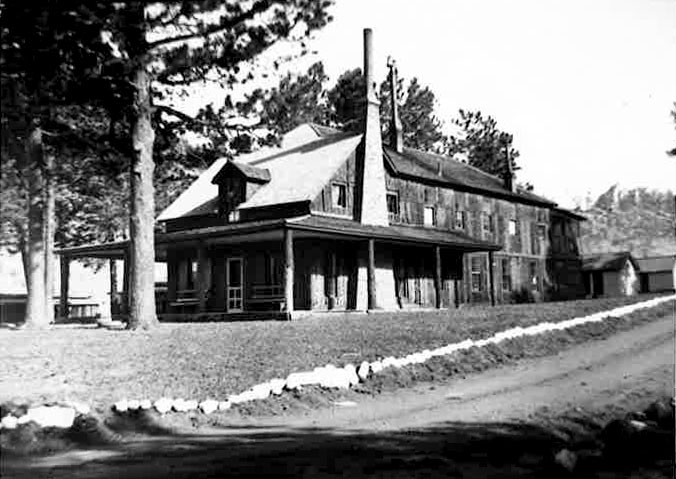
After the fighting was over, the Maxwell Company gradually sold parcels to ranchers, settlers, and timber and mining companies. Colorado Fuel and Iron Corporation (CF&I) acquired what is now the Bar NI Ranch. CF&I, which operated numerous coal mines in the foothills east of the Bar NI, pastured cattle on several hundred thousand acres of the Purgatoire Watershed. This large cattle operation was managed from the Bar NI ranch house.
During the early and mid-20th century, CF&I also put this mountain property to use by harvesting lumber up in the high country, much of which was used for mine props in their several coal mines. In the early days, this lumbering was done by hand saws, and the timber was removed by mule wagons on handmade wagon roads, which can still be seen on parts of the property, as can the remains of some of the old logging camps. Gradually the lumbering became mechanized with power saws, bulldozers, and trucks, and when the operation became unprofitable, the cattle were sold and the pasturage leased to nearby ranchers. In early 1942, it was leased by a U.S.-based company for use by their employees and friends.
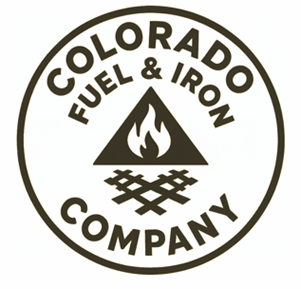
Fast forward to the present day, the property is now held by a family-owned corporation, and contains covenants restricting commercial use. This assures that the environmental integrity of this beautiful area will be permanently preserved.

